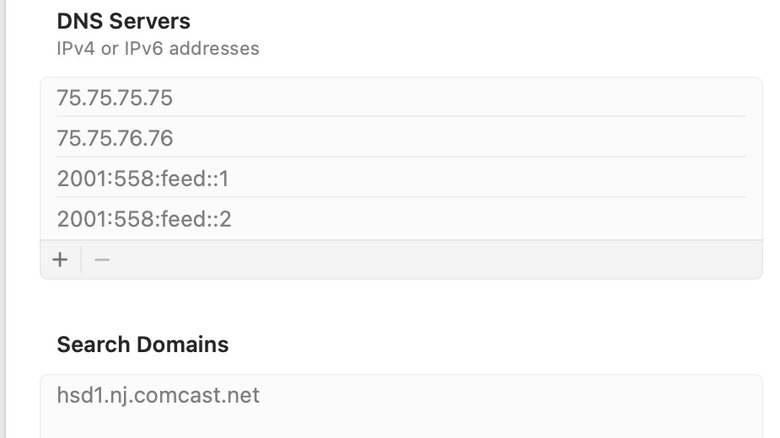How Does A DNS Server Work & What Does The Abbreviation Stand For?
We may receive a commission on purchases made from links.
The Internet has roots reaching back to the late 1950s, but the World Wide Web wasn't made publicly accessible until 1993. We now rely on the global network for everything from basic communication to shopping and banking, although that dependence leaves us vulnerable to disruptions like the Crowdstrike outage that knocked out much of the internet in 2024. While widespread glitches like that are rare, the Internet is a delicate array of interdependent systems, and there are many potential points of failure that could result in the inability to load a particular website at a given time.
Most internet users are familiar with the acronym "DNS," which sometimes pops up in an error message when a site won't load. DNS stands for "Domain Name System," and the servers that manage this system are responsible for directing internet traffic to the correct place. A domain name is the address you type into your browser bar when you want to visit a website, for example, "SlashGear.com" or "Google.com."
Computer servers like the ones that host websites are assigned a unique Internet Protocol, or IP, address. Domain Name Servers are responsible for converting text addresses to the appropriate numerical address for each server. They act as a directory of sorts, translating familiar and easy-to-remember words into the inscrutable numbers your browser needs to locate a particular website.
Each web server has its own unique numeric IP address
Numerical IP addresses are either in IPv4 or IPv6 format. Both are part of the Transmission Control Protocol/Internet Protocol (TCP/IP) standard, which is also used to manage traffic on Local Area Networks (LANs). IPv4 addresses are four numbers from 0 to 255 separated by periods; this 32-bit format allows for about 4.3 billion different addresses. As the number of internet-connected devices grew, the supply of available IPv4 addresses dwindled.
To solve this problem, the 128-bit IPv6 format was developed beginning in the mid-'90s, although it did not become an Internet standard until 2017. IPv6 addresses are made up of eight four-character hexadecimal numbers separated by colons, and there are 340,282,366,920,938,000,000,000,000,000,000,000,000 distinct IPv6 addresses. Hexadecimal numbers use the digits 0-9 and letters A-F. The total of 16 characters that are used gives this system its name.
To speed the translation of text URLs to numerical IP addresses, Domain Name Servers build caches of frequently accessed web servers. Storing this information can reduce the number of steps required to resolve a domain request, although slow or improperly configured DNS servers in the chain can slow your browsing. If your ISP's DNS isn't performing fast enough, you can switch to a server operated by the likes of Google, OpenDNS, or CloudFlare. Changing your Domain Name Server on Windows is a simple process that only takes a minute or so, and Mac users can make the same adjustment in Network System Settings.

